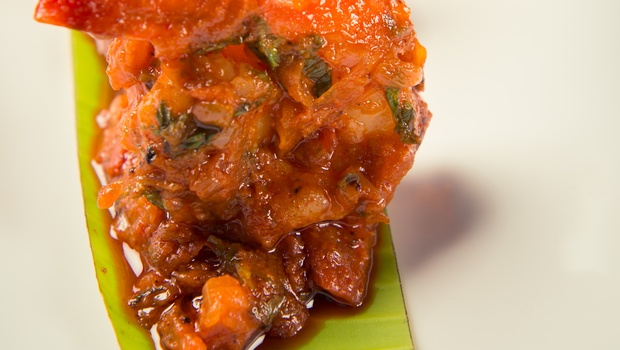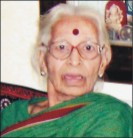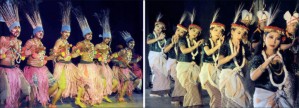Peace-loving Bangaloreans even planted bombs, burnt police stations and post-offices and threw stones at the men in Khaki. When Britons used cavalry, Bangaloreans strewed ragi (millet) on the roads to make the horses trip.
Bangalore City has geared up to celebrate 60th Independence Day. Sale of the Tricolour was brisk. Manekshaw parade ground will witness a colourful march-past and cultural show by various contingents and schoolchildren. Politicians will unfurl the Indian flag, while busy bees have a holiday this week.
On this occasion, Deccan Herald dug into the past to explore the role played by the city in the freedom movement. Getting the information was a tough task. However, H Sreenivasaiah, a freedom fighter, who is a ready reckoner when it comes to giving the history of the freedom struggle, offered a lot of details to this paper.
It is amusing to imagine the ‘cosmo city’ in swadeshi mode, when khadi was the dress code (unofficial) and Vande Mataram was the hit song. Peace-loving Bangaloreans even planted bombs, burnt police stations and post-offices and threw stones at the men in Khaki. When Britons used cavalry, Bangaloreans strewed ragi (millet) on the roads to make the horses trip.
Some freedom fighters brought out underground newspapers. Interestingly, the newspaper was typed at a Commerce Institute that was right above the police station in Malleswaram and the police, unknowingly, guarded the publication office. Students used to drop the newspapers in houses after 11 pm to ensure that they were not caught by the police. Law provided for three years’ rigorous imprisonment if caught for the offence, says Sreenivasaiah, who brought out underground newspapers.
Some students, who worked in government offices as temporary clerks, stole rubber stamps from the offices to dispatch the newspaper to government offices.
The freedom fighters also had their own underground radio station in a village near Kengeri. Some engineers, who worked at Government radio stations, had helped to set it up and operate. Mahatma Gandhi’s call for non co-operation in 1920 had received good response. Schools and factories started by British were closed.
Mr Sreenivasaiah, who is also Chairman of Karnataka Gandhi Smaraka Nidhi, recalled that National college, Basavanagudi, was started as a swadeshi college.
During Quit India Movement (1942), when most of the senior leaders were put behind the bars, students held the reins. Bangalore was no exception. Students and labourers held rallies, processions and public meetings.
Chikkalalbagh (Tulsi Tota), Bannappa Park, Malleswaram Grounds and a school compound in Ulsoor were the usual meeting places for the young feedom fighters, recalls C N Narasimhaiah, another freedom fighter.
K Hanumanthaiah, H S Doreswamy, Vasanthaiah, Kunthala, K S Krishna Iyer and many more came forward to lead the movement. Students used to gather at Central College (near the Tower) in the presence of the police and used to sing Vande Mataram and other patriotic songs. Today’s Bangalore Education Society (school in Malleswaram) was among the usual places for flag hoisting. There was a tall flag pole at today’s KSRTC Bus Station at Majestic (then Dharmambudi Tank and later Subhashnagar), says N Kasturi Rangan (Neelathahalli Kasturi), a freedom fighter.
Firings and lathi charges were common scenes during those days. Many went to jail and many sacrificed their lives. The freedom movement gained the momentum in Bangalore after the police firing at Binny Mill, killing four workers in 1926, freedom fighter M Somashekaraiah recalls.
Many leaders including Mahatma Gandhi, Sardar Patel, Acharya Kriplani, Ashok Mehta and Rajendra Prasad visited Bangalore. Mahatma had come to the city 14 times. In 1934, Mahatma Gandhi was on ‘Harijan Tour’ to mobilise funds. At Malleswaram ladies club, he just touched his ears, nose and hands, when ladies touched his feet. And, in response to it, all the ladies, removed their jewellery and donated them to him. Kumara Park was Gandhi’s prayer meeting venue and today’s Gandhi Bhavan was the place where he used to take a walk. He stayed at Nandi Hills for over two months and at Kumara Krupa Guest House for over a month.
Gandhi Jayanti was celebrated in a big way in 1942 at Bangalore and unspent Rs 125 was used for setting up Gandhi Sahitya Sangha with 25 books. It has 10,000 books on Gandhian and national literature today, Mr Sreenivasaiah says.
AT A GLANCE
According to Karnataka State gazetteer, 10 people died in police firings at City post office, Balepet circle and Cottonpet in 1942. Tippaiah (15), Appaiah (16), H R Srinivasan (16), Narayanachar or Narayana Das (35), Subbasing Ramasingh (25), Ponnuswamy (16) and four others died in the incident.
In another firing, Thimmanna Das died near Mysore Bank Square. According to freedom fighters still alive, there were many more deaths in Bangalore during the freedom struggle. But most of them were not recorded.
source: http://www.archives.deccanherald.com / Deccan Herald / Home> City> Detailed Story / Wednesday – August 15th, 2014







